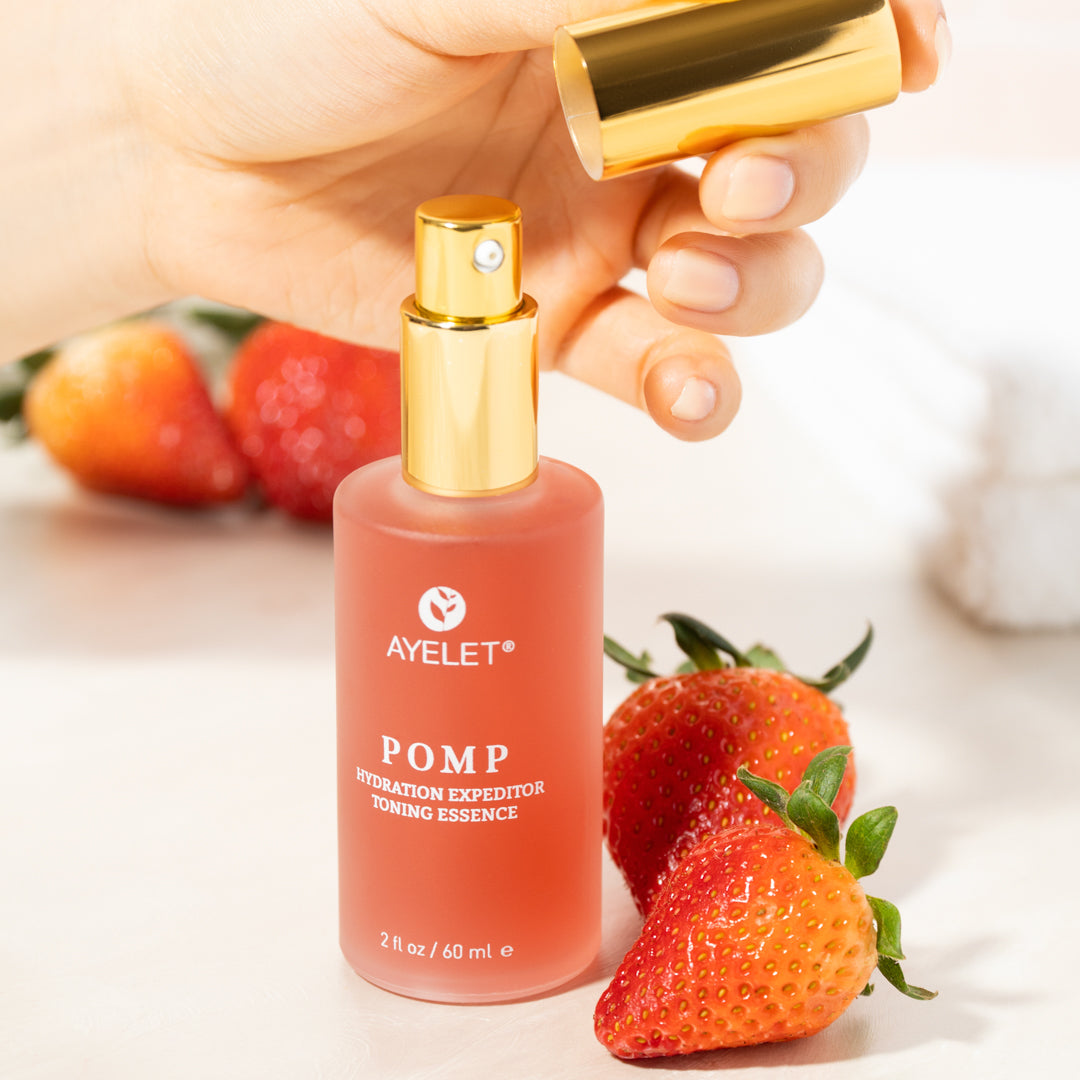
Asiaticoside is a compound found in various plant species, primarily in those belonging to the genus Centella. Centella asiatica, is a small herbaceous plant also known as "Cica", its actually a short term often used to refer to Centella asiatica, or its active compounds like asiaticoside, madecassoside, and asiatic acid. The plant also known as Pennywort, or Mandookaparni and has been used for centuries in traditional medicine systems such as Ayurveda, Chinese medicine, and traditional African medicine. It is native to several regions in Asia, including India, China, Indonesia, Sri Lanka, and other parts of Southeast Asia.
Appearance of the Plant: Centella asiatica is a low-growing, perennial herb that typically reaches a height of around 20-30 cm. It has slender stems with kidney-shaped or rounded leaves that often have a smooth texture. The leaves are usually green in color and can vary in size, with a diameter of around 2 to 6 cm. The plant also produces small, inconspicuous flowers that are pinkish to reddish in color and are arranged in clusters.
Asiaticoside is a triterpenoid saponin, which means it's a type of compound containing both a triterpene backbone and a sugar molecule. Triterpenoids are known for their potential to support various physiological processes. including anti-inflammatory, and antioxidant. Asiaticoside is one of the key bioactive compounds present in Centella asiatica,
Historical Uses: In Ayurveda, it is considered a "Rasayana" herb, which means it is believed to promote overall youth and longevity. It has been used to support skin vitality.
Tissue Support: Asiaticoside is believed to offer support to natural tissue vitality. It may play a role in helping tissues maintain their functional state.
Old Cells with New: Asiaticoside: It may have the ability to assist in the replacement of old or damaged cells which contributes to cellular vitality and rejuvenation sustaining the overall function of cells.
Balanced Inflammation: Asiaticoside help maintaining a balanced inflammatory response within the body. It could have a modulatory effect on inflammation-related pathways.
Oxidative Equilibrium: Asiaticoside might have a role in helping cells maintain their equilibrium in the face of oxidative stress, which arises from factors like free radicals.
Asiaticoside is generally considered suitable for a wide range of skin types due to its versatile ..... It offers benefits for various skin concerns, Here's how Asiaticoside might be beneficial for different skin types:
Sensitive Skin: Asiaticoside's anti-inflammatory and soothing compounds can be especially beneficial for sensitive skin. It may help calm redness, irritation, and discomfort often experienced by those with sensitive skin.
Dry Skin: Asiaticoside's potential to improve skin barrier function can benefit dry skin. It may help enhance moisture retention and support overall skin hydration.
Acne-Prone Skin: Asiaticoside's can be valuable for acne-prone skin. It might aid in reducing inflammation associated with breakouts and support the recovery process of blemishes.
Uneven Skin Tone: Asiaticoside ability to improve skin texture can contribute to a more even skin tone helping to address concerns related to pigmentation and scars.
Oily/Combination Skin: While not directly addressing excess oil production, Asiaticoside is skin-balancing and can still be useful for oily or combination skin types.


